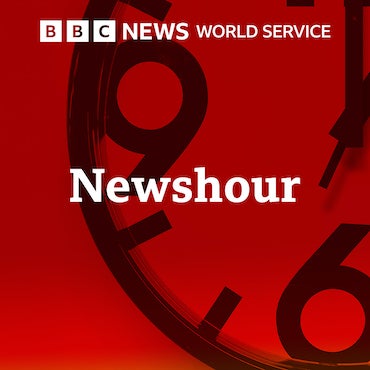For second year post-Sandy, Jersey Shore marketing not about beaches
Listen Photo via ShutterStock)" title="20140219-cape-may-photo-1200" width="640" height="360"/>
Photo via ShutterStock)" title="20140219-cape-may-photo-1200" width="640" height="360"/>
Some of Cape May's most beautiful homes are on Beach Ave. facing the Atlantic Ocean. (Photo via ShutterStock)
The tourism industry at the Jersey Shore is springing into action again.
About this time every year, when the winter feels like it just might go on forever and each week brings more snow to shovel, people start daydreaming about warm weather, sandy beaches, and floating in the ocean.
That has the tourism industry at the Jersey Shore springing into action again.
Last winter, there were big question marks as to whether the shore would be recovered enough to host tourists for its vital summer season. So the state got special permission to spend $25 million of federal Sandy aid money to help get that word out that the shore was ready.
In those ads, Gov. Chris Christie and his family declared that the Shore was open.
“Because we’re stronger than the storm,” Christie and the ad campaign said.
Many Shore residents found the ads annoying, but according to state officials and many who work in the tourism industry, those commercials worked. Others, including many state Democrats, found the ads were inappropriate because they featured Christie while he was running for re-election. The federal government is looking into how the contract for the campaign was awarded.
This year, New Jersey wants to spend $5 million of federal Sandy aid money on a new campaign. The state hasn’t yet announced its new theme, but local communities and counties are already working their own pitches.
“Our general theme for the year is, ‘The Jersey Shore is more than the shore.’” said Robert Hilton, executive director of the Jersey Shore Convention and Visitors Bureau. “What we wanted to do was try to highlight things other than the beach — the arts, the music, the history that we have down here.”
In the first few months after Sandy, the Cape May County Department of Tourism scrapped together extra money for its budget to spread the word that the southern tip of the shore had little storm damage.
“We used everything we could, every dollar we had,” said Diane Wieland, the county’s tourism director.
But by January 2013, the group stopped mentioning Sandy altogether and won’t this year either. Cape May found that Sandy and some bad weather in the spring did cause an initial drop in their tourism numbers, but after the county pushed autumn visits with a Fall for the Jersey Cape campaign, their numbers from 2013 as a whole were relatively strong.
“What we are finding out is that our occupancy rate compared to 2012 is going to be pretty much at par, maybe even higher,” said Wieland. “Could we have done better? Absolutely, I think there’s just a lot of factors out there.”
Hilton believes Ocean and Monmouth Counties will have equally good overall occupancy rates when they release their data in the coming months. Both marketers are optimistic for the upcoming summer season.
Realtor Matt Schlosser is also hopeful, but he doesn’t expect his rental business to fully rebound. His bookings were down 50 percent in 2013 from the year before.
“The majority of our rentals were done in Lavalette,” he said. “In Ortley Beach, the town that probably suffered the most damage around here, we wrote one lease, where the year before we probably did 250 or 300 of them.”
With so many homeowners still wading through grant applications and costly repairs, it’s a tough line for marketers to walk — to tout a place that’s mostly back, but not completely whole. Schlosser says most of his clients prefer to drive down and see the area for themselves, so he’s skeptical that more ads will make a difference.
But he says people are coming — this is his busiest time of year for bookings. Still, he expects this summer won’t match his pre-Sandy numbers.
“I think the demand is there,” he said. “But if we have 20 percent less homes, we can’t do those types of numbers.”
In other words, it’s not the tourists that are in short supply, it’s houses to put them in.
WHYY is your source for fact-based, in-depth journalism and information. As a nonprofit organization, we rely on financial support from readers like you. Please give today.

